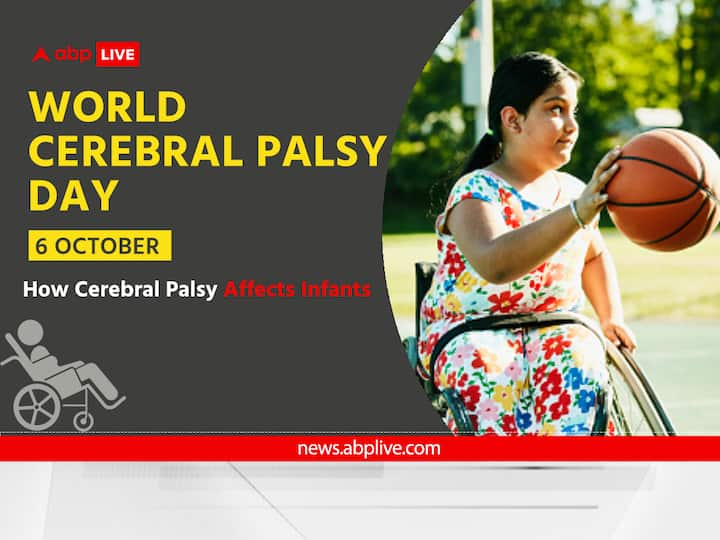Congenital disorders
World Cerebral Palsy Day 2023: What Is Cerebral Palsy? Know Causes, Forms And How It Affects Infants
Every year on October 6, World Cerebral Palsy Day is observed. This special day serves as a meaningful occasion to observe the lives and achievements of those who are affected by cerebral palsy, a persistent neurological disorder that significantly affects their ability to control movement, maintain posture, and coordinate their actions. It stands as a tribute to individuals who face the challenges of this condition and serves as a unifying force, bringing together not only those who live with cerebral palsy but also their families, friends, supporters, and organizations spanning across more than 100 countries.
What Is Cerebral Palsy?
Cerebral palsy ( CP) is the commonest physical disability in childhood. It is an umbrella term used for a spectrum of disabilities. The term encompasses ‘a group of disorders of development of movement and posture, causing activity limitation, that are attributed to non-progressive disturbances that occurred in the developing fetal or infant brain’. According to Dr. Pratibha Singhi, who is the Head of Paediatric Neurology at Amrita Hospital, Faridabad, “The motor disorders of CP are often accompanied by disturbances of sensation, cognition, communication, perception, behaviour or seizure disorders.”
Causes Of Cerebral Palsy:
Dr. Pratibha Singhi said that the causes of cerebral palsy are diverse and are very different in our country when compared to the developed world.
“Two studies done by (Singhi et al ) on over 1000 cases with cerebral palsy each, have reported multiple causes of cerebral palsy. They may be because of problems during pregnancy such as intrauterine infections particularly during the first trimester, or during birth such as lack of oxygen supply to the brain. Babies who are born very premature and especially if they have complications, have a high risk for having CP,” she said.
She continued to say, “Some causes may be ‘acquired’, that is, babies are born normally but identifiable factors after birth, such as meningitis, lowering of blood sugar in the newborn, severe jaundice with very high bilirubin etc can be associated with CP. Sometimes head injuries in babies can also lead to CP. Rarely there may be genetic predisposition to CP.”
“Many of these causes are preventable and thus measures to reduce these factors can reduce the burden of cerebral palsy in our country. Small steps towards prevention of cerebral palsy include reduction of prematurity, monitoring all pregnant women periodically, institutional deliveries by trained birth attendants or doctors who are available at grass root levels. Early detection and early intervention can utilize the plasticity of the newborn brain for recovery of functions and prevent secondary disabilities,” Dr. Pratibha concluded.
Forms Of Cerebral Palsy:
Dr U P Sharma, who is an MD (General Medicine) DM (Neurology), and Consultant Neurologist, at Omni Hospitals said, “There are various forms of cerebral palsy, including some common types. Spastic cerebral palsy, for instance, is characterized by heightened muscle tone and jerky movements, while Athetoid cerebral palsy, leads to involuntary movements in the face, torso, and limbs. Additionally, Hypotonic cerebral palsy is marked by low muscle tone, resulting in muscle weakness and floppiness. It’s important to note that in certain cases, damage to the developing brain isn’t limited to a single location, giving rise to mixed-type cerebral palsy, where individuals may exhibit characteristics of more than one type.”

